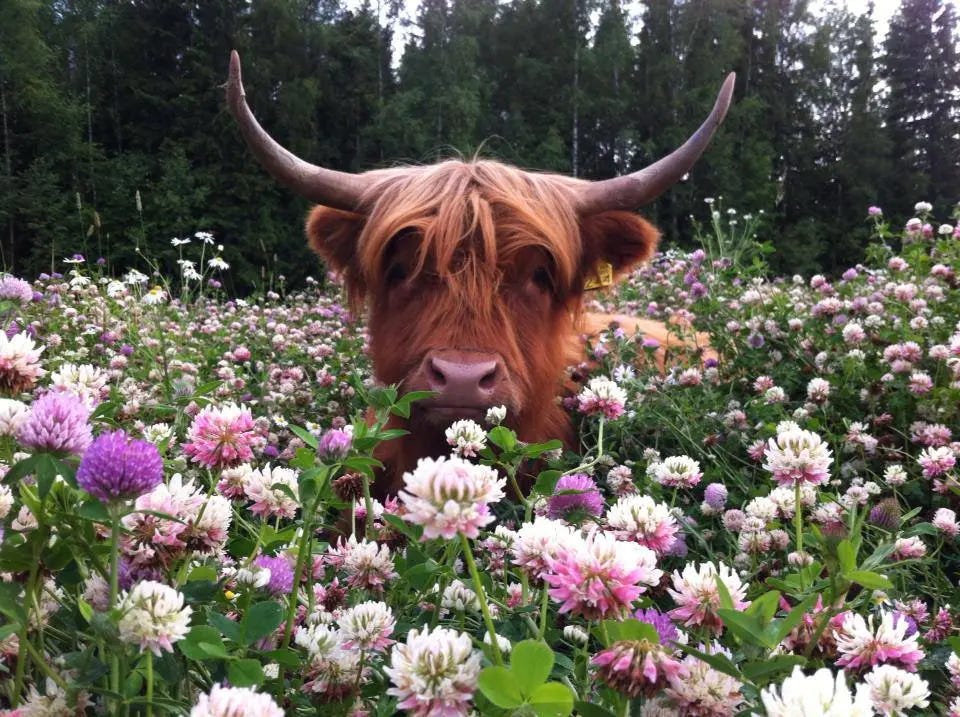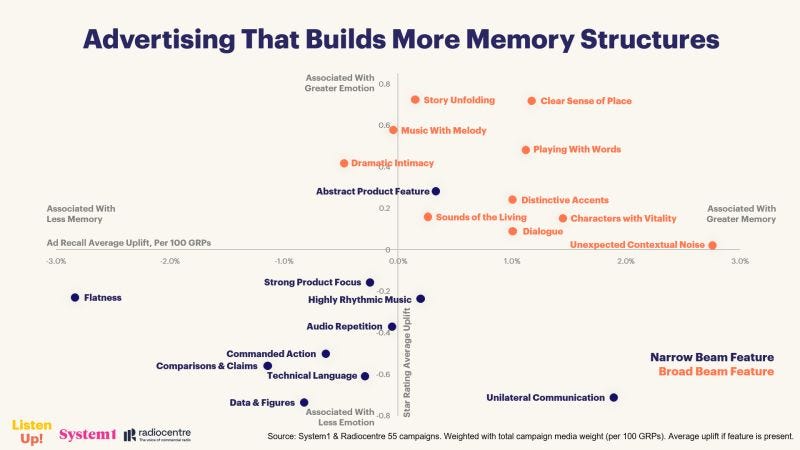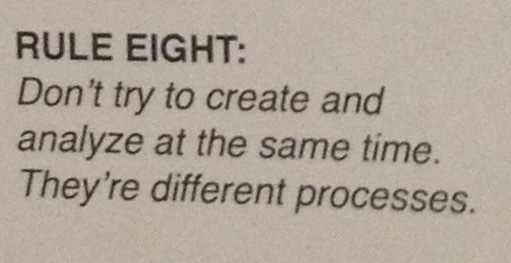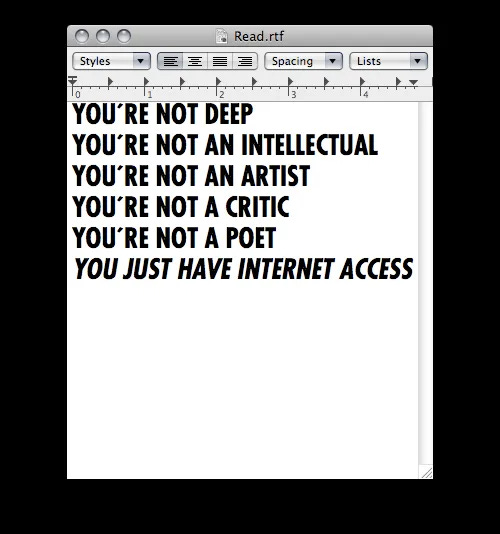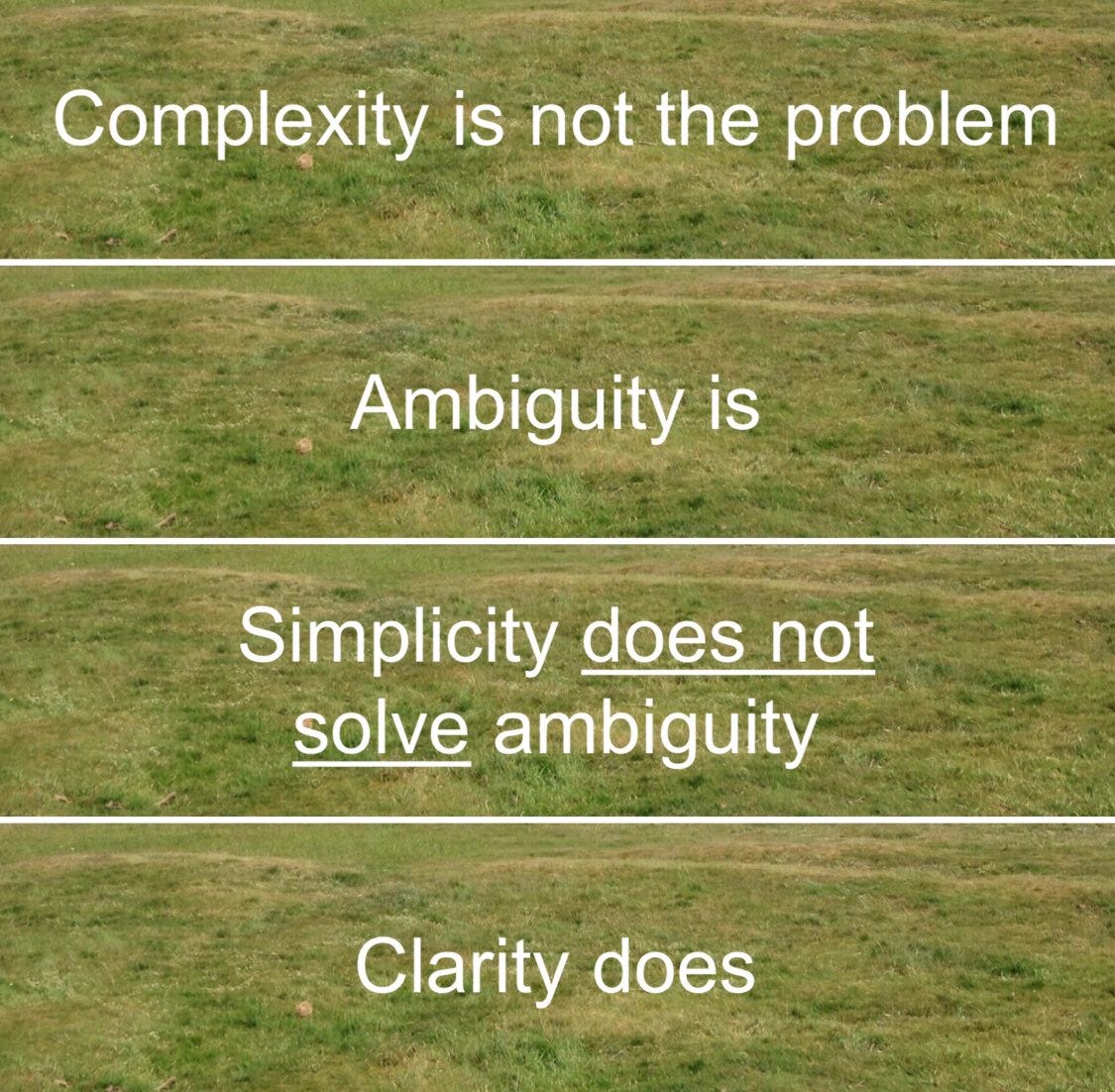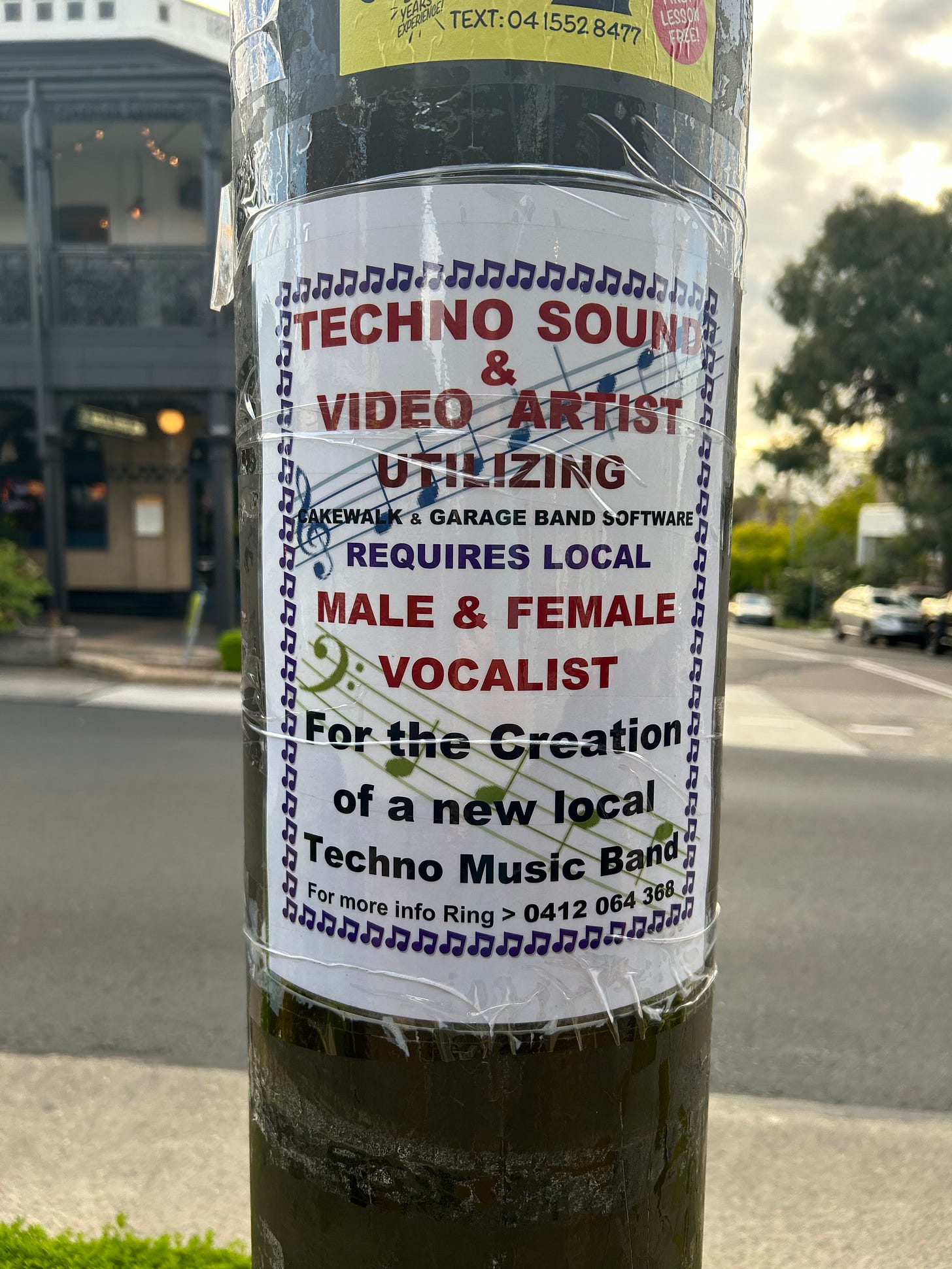But Why?
Welcome to Thoughts are Things, a deliberately scrappy collection of things mostly centred around creativity, business, and culture.
Right now I spend half my time working on strategy and creative projects for brands, and the other half working on my startup, Flow Payments. Despite being a weird “hard to explain at bbq’s” existence, it’s a reality that is forcing me to think deeply about strategy + creative problems, as well as UX + technical problems…pretty much every waking hour.
To help me through this seemingly ongoing “mess of ambiguity”, I’ve become a hoarder…constantly searching / researching, looking for inspiration to help me connect the dots. Some of those discoveries are below. I’ve always been big on writing, just never on sharing, but I’ve learnt that thoughts never become things if they don’t see the light of day.
So, here we are.
Fragmented fame:
‘Earning your way into peoples lives’.
I get inspired by things that “earn” their way into public conscience. People are busy AF, that care very little about your thing, so when something slides into view with the grace and creativity to stop you in your tracks…it’s worth asking why. When that is done by a brand, using predominantly or only earned media, it’s a creative triumph. For early stage companies, it’s where ‘David and Goliath’ battles between small brand vs big brand can be won. “Fame” generating ideas can catapult a brand into the public conscience with extraordinary reach, and if you’re good…very little investment. Regardless of size, in a time of customer acquisition chaos, constantly looking for ways to ‘earn’, should be mandatory.
Here’s an idea I delivered recently during my time as CMO of Zero Co to illustrate the point above. The brand had experienced rocketing growth during the pandemic driven mostly by performance activity, but in an almost text book example of a ‘performance plateau’ (Thanks Tom Roach!), growth began to stall. It was clear the brand needed to re-balance “the long and short of it” (Ref - Binet and Field, the long and short of it), so I set about building an 18 month ‘full-funnel’ plan, including a wack of wider reaching brand activity (both paid and earned). From an earned media standpoint we needed to go big, so I proposed we build the worlds largest waste pyramid in the Egyptian desert out of waste we were to pull from the River Nile during the Cop27 climate summit. Over 600 global news stories later, and millions of dollars in earned media value, this is now part of the brands folklore. Small budget (<$50k), massive impact / reach.
Fragmented fame in a “How brands grow” era:
This recent article by Lysette Jones from the IPA around “fragmented fame” resonates with me, particularly in a ‘How brands grow” era (Ref Byron Sharp - How brands grow), where fame, and increasing mental availability, are often / mostly discussed in the context of paid media; spending your way to ‘ESOV’, and building (hopefully) long term memories with new audiences.
The path to fame for startups / smaller brands however is so much messier.
The linkedin mafia had a field day on the article when posted, citing the laws of growth are the same no matter what size the brand. True, and I’m a firm believer in the bible of Ehrenburg-Bass, but this idea of ‘fragmented fame’ seems like a sensible articulation of the reality of earned vs paid growth for smaller brands. ‘Fragmented fame’ proposes:
Greater focus on niche / adjacent communities
Sharable reach
Zag breaking category norms
Emotion + entertainment
Spikey earned “moments” (lot’s of them) vs prolonged time in market, targeting specific niches vs “all category buyers”…balancing the “long and short of it” (hail Binet + Field) with yes, a clever mix of paid media, but when it comes to brand, over indexing on big earned media communication ideas that make up a less predictable, but more commercially realistic plan for small brands.
A 3 month spin cycle:
Building on that, I think there are 3 phases over as many months to this “fragmented” approach. Industry (category influencers / gatekeepers), a broader fame moment ( light buyers + broad reach), then doubling down on niche communities (Storytelling, partnerships, influencers etc). Rinse. Repeat…or plateau. Here’s a slide / thought I presented recently to a client who is soon to launch a new beverage brand. It’s a bit crass but hopefully delivers my point.
Engineering serendipity:
Do and tell.
I’ve always been fascinated by the idea of serendipity…the best things that have happened to me have come about because of a chance / serendipitous encounter. The big question, does serendipity increase or decrease with A.I? More on this in future ‘Thoughts are things’, but here’s a cool thing that changed my perspective on luck and “chance encounters” (it also might be an underlying reason to why I started this blog).
In the “surface area of luck” theory, your chance of being lucky equals the actions you take towards your passion multiplied by the people you tell.
Luck = (Passionate Doing) x (Effective Telling)
The lasting impact of long-term memory:
A never ending story.
If the above image made you gasp with nostalgia, followed by a gentle whisper of ‘omg it’s Falcor’…then you will be feeling the vivid and outwardly expressive power of long-term memory. In the context of brand building, it’s the stuff strategy + creative dreams are made of, but rarely achieved. The last 5 years in marketing have been dominated by the evidence-based narrative of ‘ balancing long-term (brand) and short-term’ (sales) activity (Ref - Binet and Field, The long and short of it), with a longer-term view that brands are simply just “a collection of memories”, organised in a way (or not) to help people choose. Nothing more.
It’s a game of memory building. Jenni Romaniuk’s ‘Better Brand Health’ goes into some wonderful detail about memory structure, (buy the book, it’s another Ehrenburg-Bass zinger), particularly around:
Memory Associative Network Theory: - Memory is a network of associations. This theory suggests that brand recall is not linear or hierarchical, it challenges the prioritization of top-of-mind awareness in brand health tracking.
Working Memory Capacity: Romaniuk mentions that the working memory can hold a limited number of concepts simultaneously, often cited as about three or four suggesting a need for clear and concise messaging that fits within the working memory's constraints.
Long-term Memory Access: People cannot recall everything stored in their memory, even if they want to (Falcorrrr!), messages need to be “topped up”, even moreso for brands given no one really cares about brands much at all. A point for the those who sell ‘frequency’ for a living.
Understanding how memory works has helped widen my perspective on creativity broadly, and why some ideas might have a better chance of “working” than others.
Don’t think, feeeeeel…
A gentle reminder:
I read, and re-read this a lot. It’s so simple. That’s the point, I think:
“Everyone hates advertising till they lose their cat”
David Droga
I saw this on the main street of Leichhardt around the corner from my house. It’s so profoundly innocent, deliberate and…bloody cut-through. Let us not over analyse, but the medium really is the message here, and whether the creator of this actually meant it or not (let’s assume not), it’s a masterclass in creative effectiveness. God bless.
This is one of those ideas I wish I came up with. Beautiful:
That’s it. I think the next one will be way shorter and punchier.
Stick with me, I’ve learnt a lot from writing this first edition.
Look out for episode 2 in the next few weeks.
Glen




